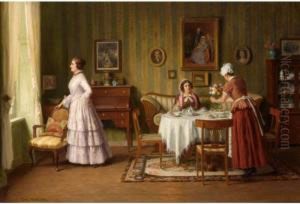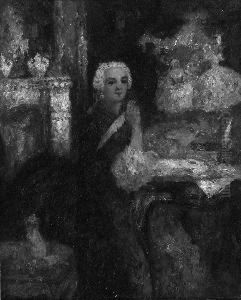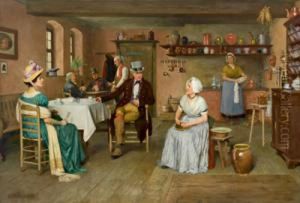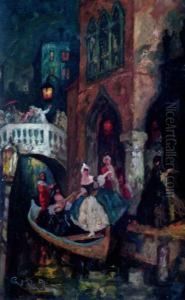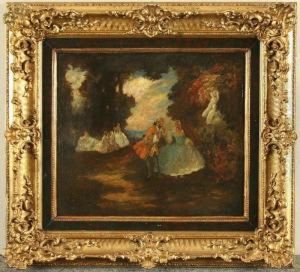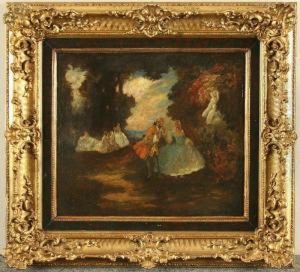Carl Wendling Paintings
Carl Wendling, a relatively lesser-known figure in the annals of art history, was a German artist born in 1870. His life trajectory, like that of many artists of his time, was shaped by the broader cultural and political currents sweeping through Europe during the late 19th and early 20th centuries.
Wendling's early years would have been spent in an era dominated by academic art, but he would have witnessed the rise of various movements that challenged traditional aesthetics, such as Impressionism, Post-Impressionism, and Symbolism. Although specific details about his education and artistic training are not widely documented, it is likely that Wendling received a formal art education, which was the norm for artists in Germany at that time.
During his career, Wendling would have been part of a vibrant artistic milieu, with Germany fostering its own unique interpretations of modern art movements. Cities like Berlin and Munich were hubs of artistic innovation, where artists experimented with form, color, and technique. Wendling may have been influenced by or even participated in some of these movements, though his individual contributions and stylistic preferences remain obscure in the absence of more extensive records.
Wendling's artistic output and how it was received by his contemporaries are not well-documented in historical sources. However, given the tumultuous period he lived through, which included the lead-up to World War I and the war itself, it is possible that these events impacted his life and work significantly.
Carl Wendling's death in 1918 would have occurred in the shadow of World War I's end. The war had a profound effect on the European cultural landscape, often leading to a sense of disillusionment and a questioning of traditional values. This broader context may have overshadowed the life and works of artists like Wendling, whose legacy, not being at the forefront of any major art movement, has not been widely recognized or preserved in the annals of art history.
